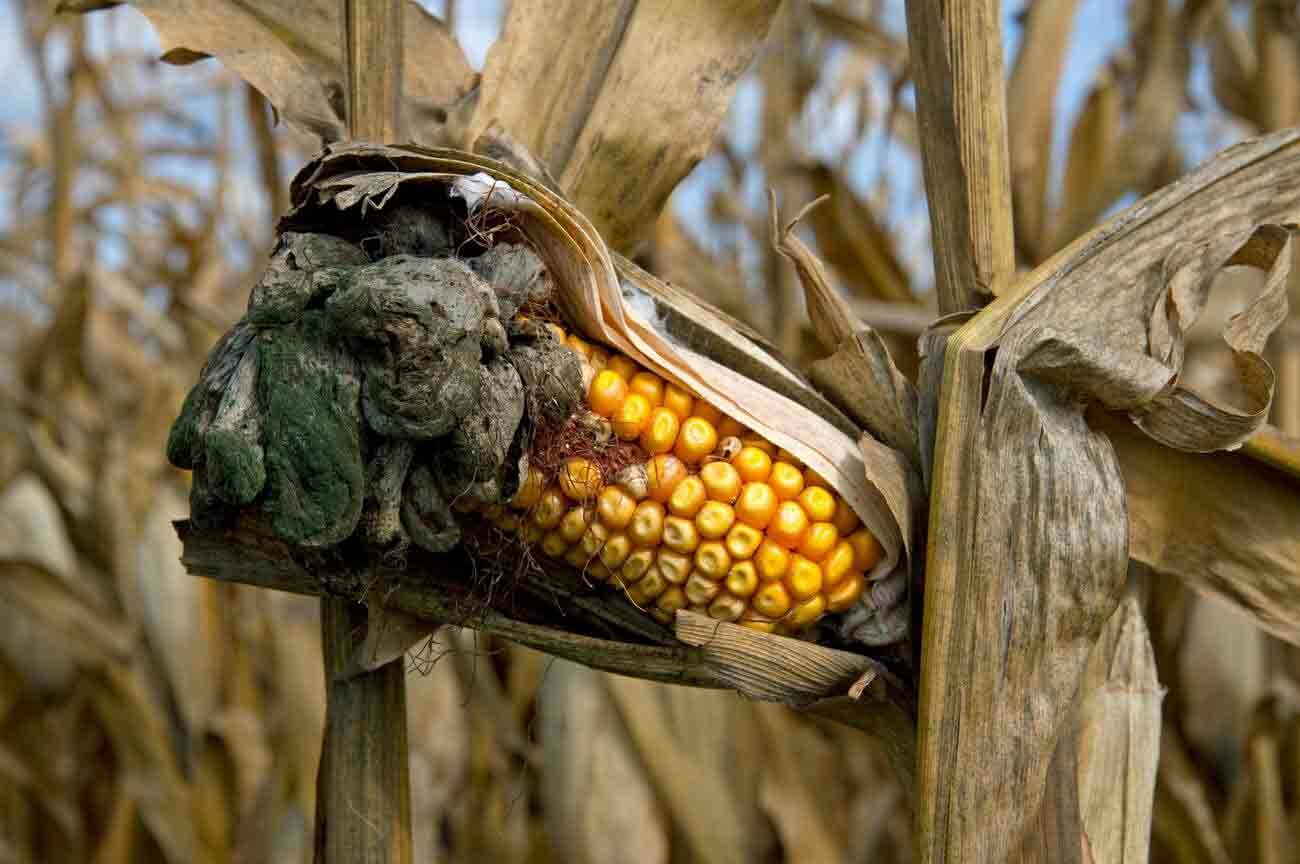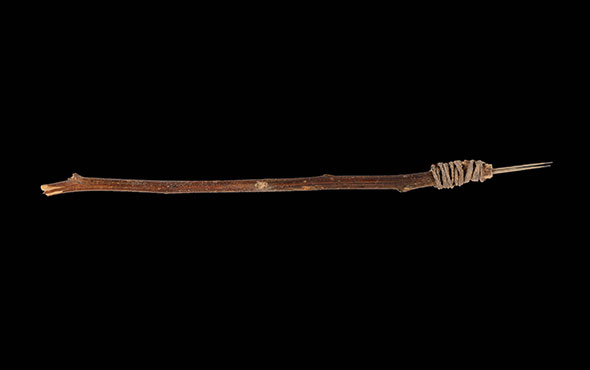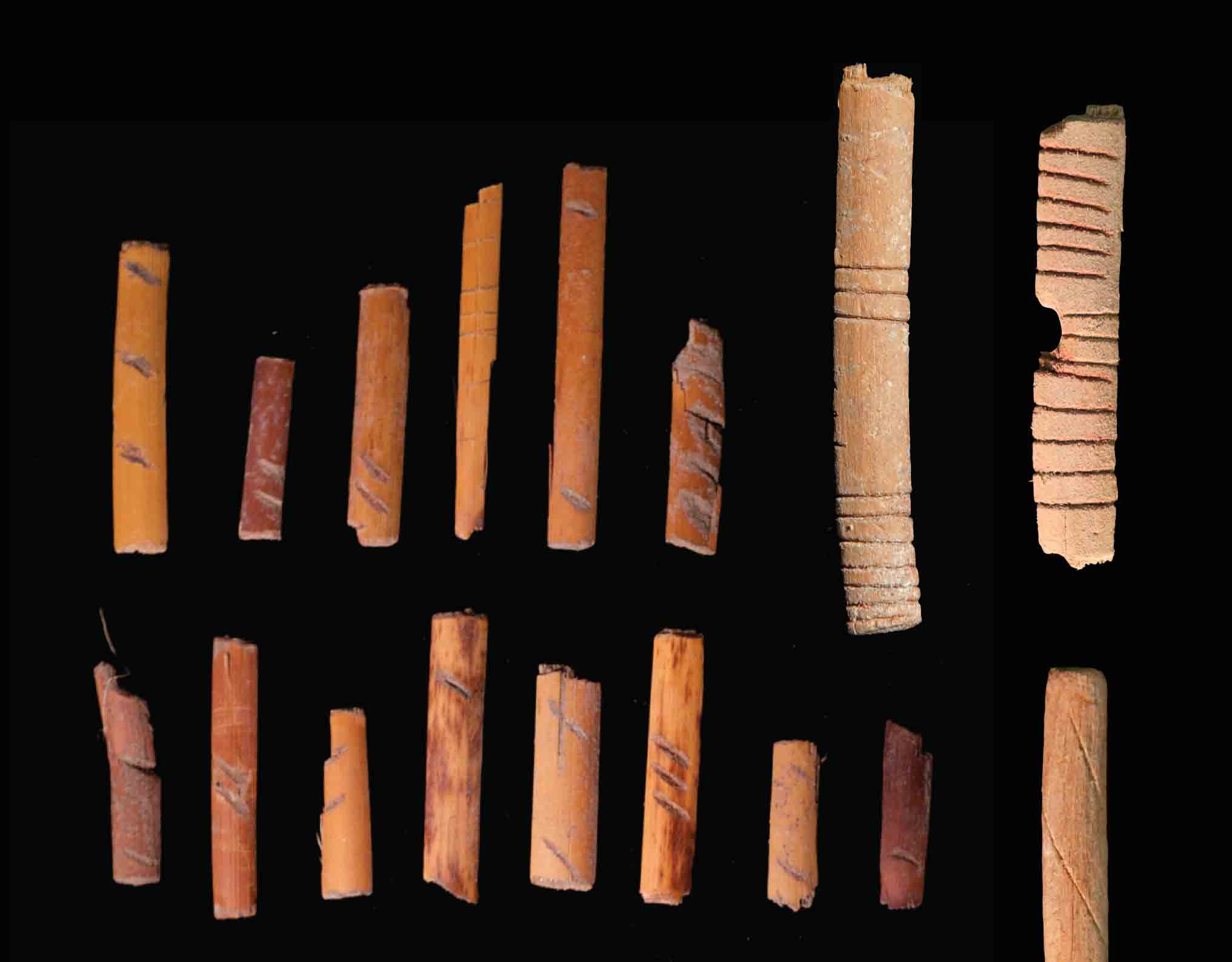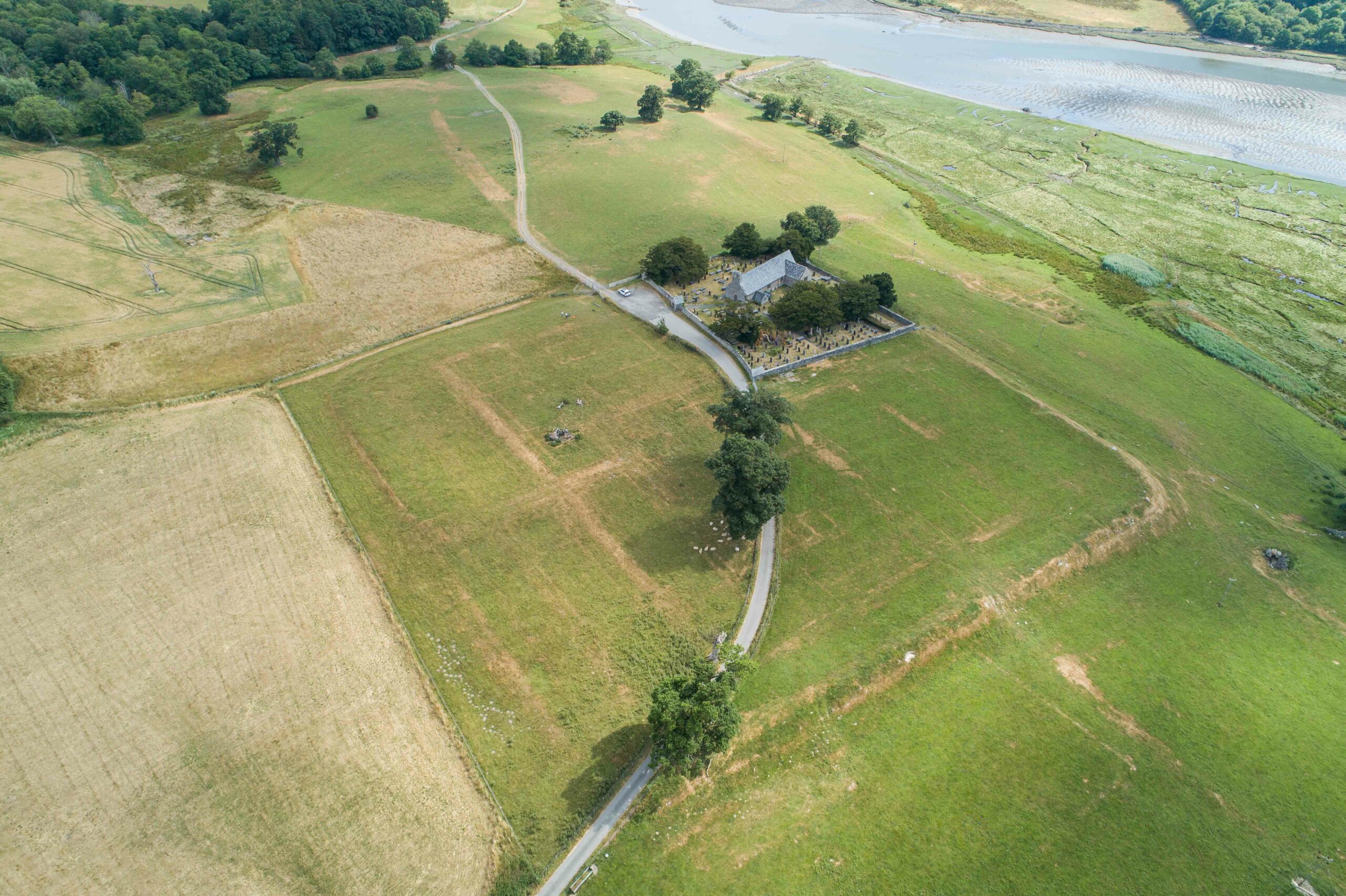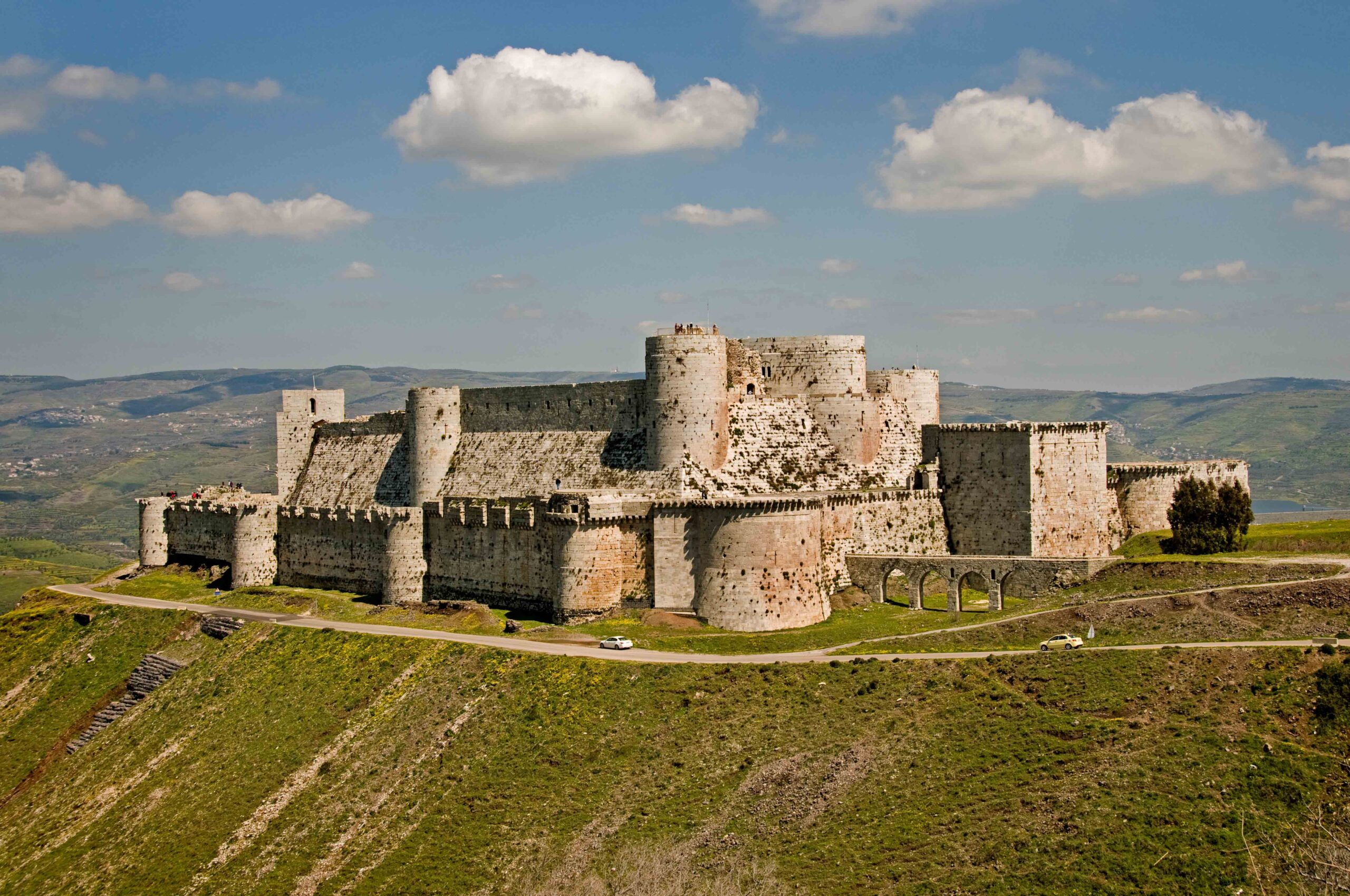
The fungus Ustilago maydis may damage the plant it grows on (and certainly looks disgusting), but it was an important part of the diet of the people who lived at Turkey Pen Ruin in Utah from 400 B.C. to A.D. 400. The fungus, better known as corn smut, infects maize plants, turning the kernels gray and misshapen. About 80 percent of the diet eaten by the Ancestral Puebloan people living at Turkey Pen Ruin was maize, which lacks certain amino acids. As a result, those who rely heavily on maize can fall prey to a potentially fatal nutritional deficiency called pellagra. Jenna Battillo, an archaeologist with Southern Methodist University, wanted to understand why these Ancestral Puebloan people didn’t suffer from this kind of malnutrition. She analyzed samples of feces from 44 individuals who lived between A.D. 1 and 200. Forty-three of the samples contained high levels of corn smut spores. These spores contain the amino acids missing from maize and may have given the people of Turkey Pen Ruin a way to stave off nutritional diseases.


